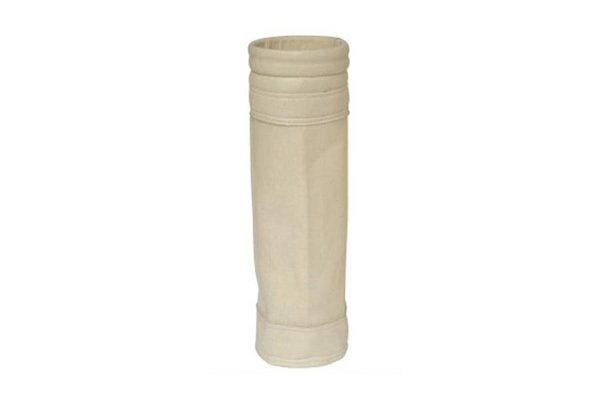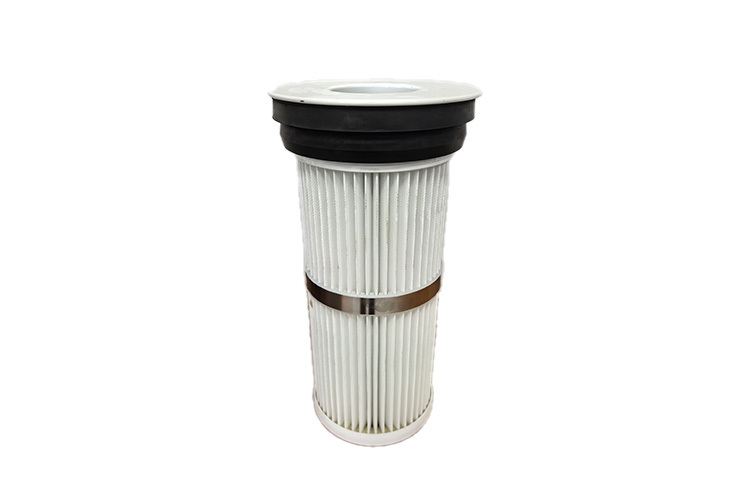Top Tips for Maintaining Your Filter Bag Cage for Longevity
Release time:
2025-05-08
Top Tips for Maintaining Your Filter Bag Cage for Longevity Maintaining the longevity and efficiency of your filter bag cage is a critical aspect of ensuring optimal performance in various industrial applications. These structures play a vital role in capturing particulates and contaminants, thus safeguarding your filtration systems. Proper care and maintenance of your filter bag cage not only enh
Top Tips for Maintaining Your Filter Bag Cage for Longevity
Maintaining the longevity and efficiency of your filter bag cage is a critical aspect of ensuring optimal performance in various industrial applications. These structures play a vital role in capturing particulates and contaminants, thus safeguarding your filtration systems. Proper care and maintenance of your filter bag cage not only enhance its lifespan but also optimize your overall filtration process. In this extensive guide, we will explore the most effective strategies to maintain your filter bag cage, ensuring it remains in peak condition for years to come.
Understanding Filter Bag Cages: Their Role and Importance
Filter bag cages serve as a support structure for filter bags within a dust collector or filtration system. They are designed to hold the filter bags in place, allowing for proper airflow while preventing collapse. The integrity of the filter bag cage directly affects the filtration performance. Understanding its components and functions is essential for effective maintenance.
Key Components of a Filter Bag Cage
1. **Material**: Most filter bag cages are constructed from steel or stainless steel, which provides durability and resistance to corrosion.
2. **Design**: The design of the cage, including its shape and size, is crucial for compatibility with specific filter bags and systems.
3. **Coating**: Some filter bag cages come with special coatings to enhance resistance against chemicals and abrasion.
The Importance of Maintenance in Filtration Systems
Regular maintenance of your filter bag cage is essential for several reasons:
- **Optimal Performance**: A well-maintained cage ensures that the filter bags can operate effectively without obstruction.
- **Cost Efficiency**: Regular checks can prevent costly repairs or replacements due to neglect.
- **Compliance**: Many industries are subject to strict regulations. Proper maintenance helps ensure compliance with environmental standards.
Top Tips for Maintaining Your Filter Bag Cage
1. Regular Inspections and Cleaning
Conducting regular inspections of your filter bag cage is crucial. Look for signs of wear, corrosion, or damage. Cleaning should also be part of your routine. Use a soft brush or compressed air to remove dust and debris from the cage. This practice prevents buildup that may hinder airflow and filtration efficiency.
2. Monitor for Corrosion
Corrosion can significantly weaken the structure of your filter bag cage. To combat this, apply a suitable anti-corrosive coating or paint to protect the metal surfaces. Regularly check for areas of corrosion and address them immediately to prevent further damage.
3. Ensure Proper Alignment
Misalignment of the filter bag cage can lead to uneven wear and tear on both the cage and the filter bags. Regularly check the alignment during inspections and adjust as necessary to ensure optimal performance.
4. Replace Damaged Components Promptly
If any part of the filter bag cage is found to be damaged, replace it promptly. Delaying repairs can lead to more significant issues down the line. Keeping spare parts on hand can help facilitate quicker repairs and reduce downtime.
5. Optimize Bag Replacement Schedule
The lifespan of your filter bag is closely linked to the condition of the filter bag cage. Establish a replacement schedule based on usage patterns and environmental conditions. Frequent monitoring will help you identify the optimal times for bag replacement, maximizing both the bag and cage longevity.
6. Maintain Proper Airflow
Ensure that there are no obstructions in the airflow surrounding the filter bag cage. Proper airflow is essential for maintaining the efficiency of the filtration system. An obstruction can lead to increased pressure, causing strain on the cage structure.
7. Utilize Vibration Monitoring Techniques
In systems where vibration is a factor, consider using vibration monitoring techniques. Excessive vibration can lead to fatigue and failure of the cage. Monitoring tools can help detect irregularities that may compromise the integrity of the filter bag cage.
8. Train Your Staff on Maintenance Best Practices
Educating your staff on the best practices for maintaining the filter bag cage is crucial. Provide training sessions and materials that emphasize the importance of regular inspections, cleaning, and timely repairs. A well-informed team can significantly enhance the lifespan of the filtration system.
Common Issues and Troubleshooting Tips
Identifying Common Problems
Despite your best efforts, issues may still arise with your filter bag cage. Recognizing these problems early can save time and money. Here are some common issues to watch for:
- **Uneven Wear on Filter Bags**: This may indicate misalignment or a malfunctioning cage.
- **Excessive Leakage**: Signs of dust or material escaping may point to damage or improper sealing.
- **Unusual Noises**: Strange sounds during operation may indicate mechanical issues or misalignment.
Troubleshooting Steps
1. **Inspect the Cage Structure**: Look for visible signs of damage or misalignment.
2. **Check for Air Leaks**: Perform a thorough inspection around seals and joints.
3. **Consult Manufacturer Guidelines**: Refer to maintenance guidelines provided by the manufacturer for specific troubleshooting advice.
FAQs about Filter Bag Cage Maintenance
1. How often should I inspect my filter bag cage?
It is advisable to conduct inspections at least once a month or more frequently in high-use environments.
2. What are the signs that my filter bag cage needs replacement?
Common signs include severe corrosion, deformation, or excessive wear. If repairs are no longer feasible, replacement is recommended.
3. Can I clean my filter bag cage with water?
While water can be used, ensure it does not cause rust or damage. Using dry methods, such as compressed air or a brush, is often more effective.
4. What type of coating is best for preventing corrosion?
Epoxy-based coatings are widely recommended for their durability and resistance to harsh environments.
5. How can I extend the lifespan of my filter bags?
Regularly cleaning the filter bags, maintaining proper airflow, and adhering to a replacement schedule can significantly enhance their lifespan.
Conclusion
Maintaining your filter bag cage is an integral part of ensuring the efficiency and longevity of your filtration system. By following these expert tips and implementing a proactive maintenance strategy, you can significantly reduce downtime, enhance performance, and extend the lifespan of both your filter bag cage and filter bags. Prioritizing regular inspections, cleaning, and staff training will create a culture of care that keeps your equipment running smoothly. By investing time and resources into maintenance, you not only ensure compliance with industry standards but also contribute to a more sustainable and efficient operation.
latest News









